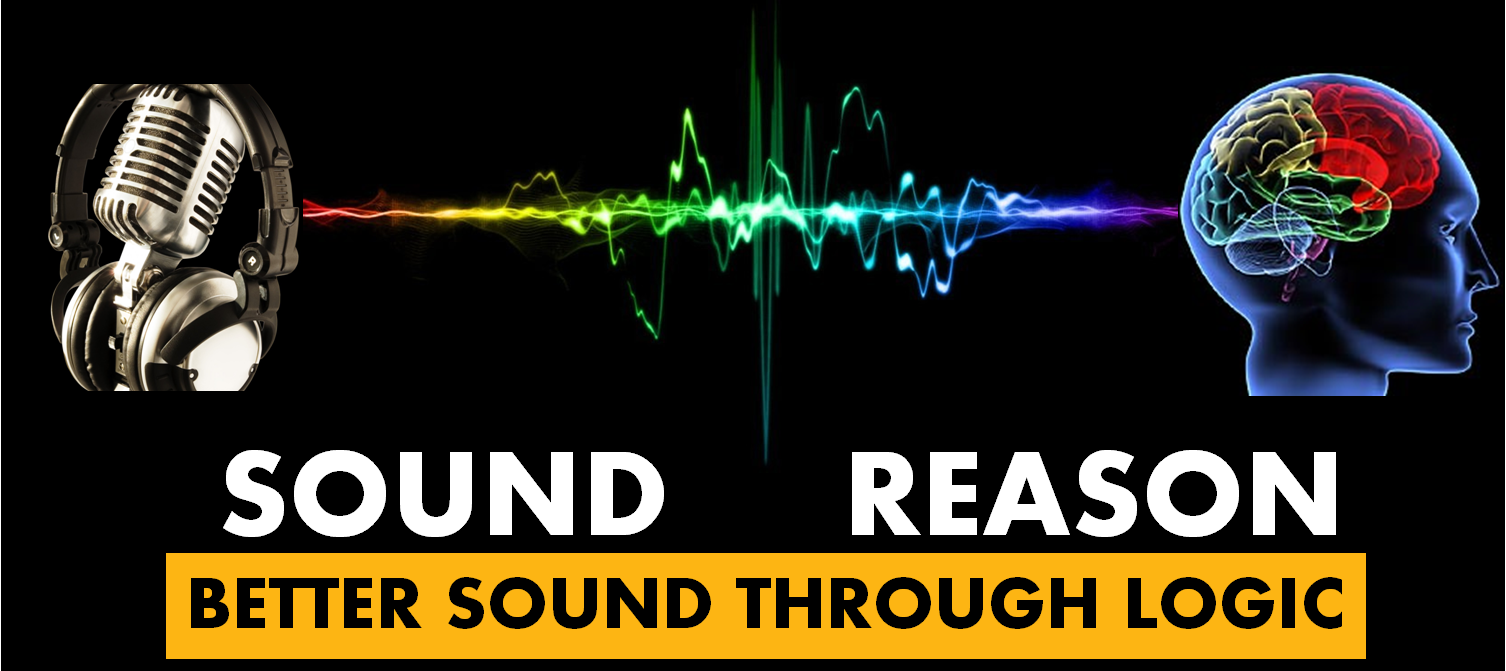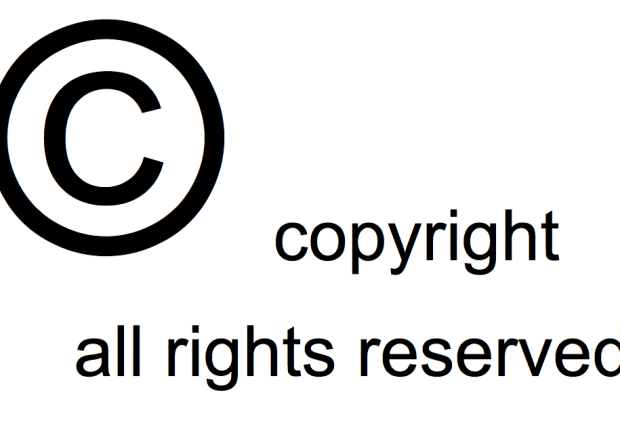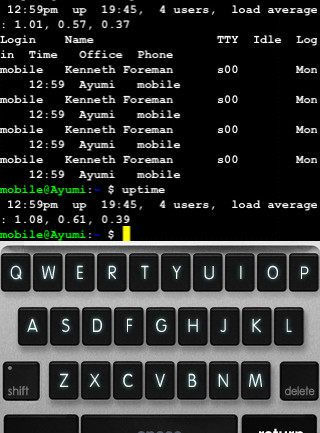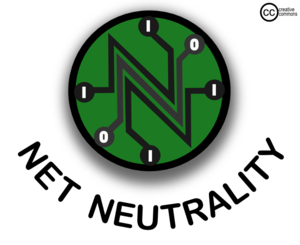Just a few short months ago I had the honor of being asked to offer what the future of the AV industry was going to look like in 5 years and what things would have the greatest effect on that future. Unsurprising to most that follow my work, there were several different regulatory or policy issues in that list, without a single piece of equipment. One of the topics that I addressed was specifically copyright and patent law. I inferred that given the current state of patent law AV professionals could potentially run into issues were there to be lawsuits over some of the emerging technologies that we are starting to turn to more and more – specifically apps that might not come from a well-known manufacturer. The lawsuits over tiny bits of code and who owns them are becoming more and more frequent, and as more companies develop similar product the odds that we will see an increase in legal action is extremely likely.
While the side of the conversation addressing the ownership of the code is important, there is also a need for understanding just where the brilliant minds of AV have the ability to work within the law to alter product to their own benefit. This means a fundamental understanding of the Digital Millennium Copyright Act (DMCA).
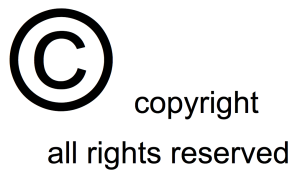 Copyright is something that many in the AV industry are familiar with from a possible past history as a musician or potentially as a film maker. In those instances there is often a conversation over “fair use” which looks at when and how it is acceptable to use the recorded or filmed material, such as in classrooms for analysis or only limited portions of the material. It might seem like a farfetched idea to associate a need for understanding copyright exemptions when it comes to AV technology, but the truth is, it’s already more important than you think.
Copyright is something that many in the AV industry are familiar with from a possible past history as a musician or potentially as a film maker. In those instances there is often a conversation over “fair use” which looks at when and how it is acceptable to use the recorded or filmed material, such as in classrooms for analysis or only limited portions of the material. It might seem like a farfetched idea to associate a need for understanding copyright exemptions when it comes to AV technology, but the truth is, it’s already more important than you think.
Every three years applications are filed for exemptions that will be debated over by lawyers from both sides with any government agency that could be involved in oversight and others offering recommendations to the Librarian of Congress who will ultimately make the decision to accept or deny, in part or in whole, the requested exemption. This year 41 such requests were made. Due to the fact that these requests are required to be filed every three years, there are several instances where it is noted that the exception was previously requested and adopted during the 2012 session. While there are 27 classes of exemptions that were considered during this year’s session, we’re going to look specifically at two of them.
Three years ago in 2012 the first exemption that allowed for the unlocking of cell phones was adopted. This was subsequently turned into law in 2014 when Congress enacted the Unlocking Consumer Choice and Wireless Competition Act. At the time this allowed consumers to finally take their cell phone with them if they chose to switch carriers and the technology was supported by both, but it only applied to cell phones. Congress also instructed the Librarian of Congress to be mindful of any instance where it might be reasonable to extend the unlocking of other wireless devices. This year, the extension of that exemption came up for debate with the request to allow for the unlocking of all-purpose tablet computers.
iPads and Android tablets are easily available, and at lower cost, without a data plan from a cellular provider, but there is significance in the fact that the devices that the AV industry sees commonly used in the BYOD market are now open for movement between network providers. We often talk about the security of the broadband data networks, now we could begin to see the conversation shifting to the security of the cellular data networks. The more proprietary information that can go from local Wi-Fi network inside the building to a cellular network outside means that there has to be consideration paid when looking at what devices are being brought from home in another way.
It also means that the AV industry can start looking at a new, ever expanding, way of driving data between devices. Verizon recently announced the capabilities of a 4G LTE network specifically for the Internet of Things (IoT) devices, and they aren’t the only one looking at this as a possible network growth opportunity to increase the number of devices using their networks. So, it’s a logical conclusion that if the cellular networks are looking at expanding the number of communicating devices by rolling out a network like this, how long until that network grows to the point that AV engineers want to take advantage of it for smart devices that could collect or transmit data like room sensors, touch panels, or smart displays?
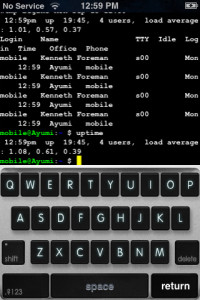 It isn’t just about the access to changing networks that came about for these phones, phablets, all-purpose tablets, and smart displays, it’s also about the capability to jailbreak (gain access to the operating system of a computing devices to install and execute software that could not otherwise be installed or run on that device, or to remove pre-installed software that could not otherwise be uninstalled) them.
It isn’t just about the access to changing networks that came about for these phones, phablets, all-purpose tablets, and smart displays, it’s also about the capability to jailbreak (gain access to the operating system of a computing devices to install and execute software that could not otherwise be installed or run on that device, or to remove pre-installed software that could not otherwise be uninstalled) them.
The Librarian of Congress ruled that in all these cases, so long as the device and software being installed was legally obtained, the user has the ability to go into these devices operating systems and modify them. This means that AV professionals that like to dig a little deeper and modify their devices to suit the needs of the client have a great deal of access that they might not previously have had.
Having an issue with an iPad that’s controlling the system in a room not performing the way you want it to? Feel free to modify the code to make it work the way you need. Would you like to use your smart TV to be the central control point to communicate with all your other devices? Then you have the ability to dive right in and change anything you’d like.
The ability to change and manipulate the technology that AV integrators provide to suit the needs of the clients has always been a fundamental part of what we do. So many unique use cases that need just a slightly nuanced modification to make it work just the way the client wants it to. Previously, though, making that modification violated the copyright of the manufacturer, but not anymore. With access to these devices and the freedom to tinker, who know what great modification will be developed in the next three years that could change the landscape for how we, or our devices, communicate.
For more about the DMCA and copyright exemptions, go here.
